From the February 2023 issue of Apollo. Preview and subscribe here.
In 1844, when the National Gallery in London acquired several works by Guido Reni (1575–1642), John Ruskin wrote of his ‘desperate rage’ at its showing such poor taste. This was a world away from the earlier adulation of Reni as ‘the divine one’ – an epithet he acquired during his life and the subtitle of the ambitious exhibition in Frankfurt which attempts to resurrect the reputation of a painter who was an artistic superstar in Europe in the 17th century. The key questions it poses are therefore: has something of the earlier reverence for the painter been recaptured here? And can such an appraisal make us admire him afresh?
Reni’s name is especially associated with depictions of idealised, devout figures looking to heaven, seeking and expressing divine inspiration and love, as well as remote, mythic narratives which require decoding, all of which can seem hard to grasp for many in the secular 21st century. We have come to idolise more earthy forms of the baroque – epitomised above all by Caravaggio, with his frailties and brutality, connections with grubby street life and crowd-pleasing theatrics.
These challenges are deftly confronted by the exhibition which plots Reni’s career chronologically and in some detail, having secured splendid loans from Italy, France, Spain, Britain and the United States. The display gives prominence to his work in different media: as a painter on canvas and copper, draughtsman and printmaker. Reni emerges from it as a complex, multifaceted and highly talented artist who had a strong work ethic and is undoubtedly worthy of wider attention again. He is also defined as a man of fascinating contradictions in his personal life – which will appeal to the tiresome, modern obsession with how flawed the famous can be.
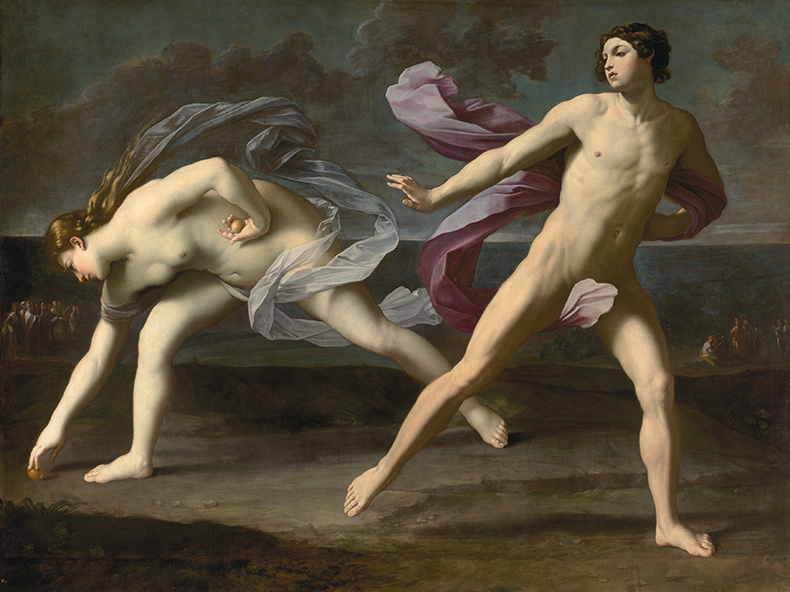
Hippomenes and Atalanta (1618–19), Guido Reni. Museo Nacional del Prado, Madrid
Reni was born in Bologna and worked chiefly there and in Rome, although he enjoyed an international reputation. He trained with Denys Calvaert, a Flemish mannerist painter employed in Italy and entered the Carracci family’s artistic Academy in Bologna. Reni painted altarpieces in the city but moved to Rome in 1601, living and working with fellow Bolognese artists, such as Domenichino, and securing commissions from, notably, the Borghese family. After returning to Bologna in 1614, commissions in the 1620s took him briefly to Naples and back to Rome. His mature art in his home city was wide-ranging and included ambitious biblical and monumental mythic narratives, often featuring balletic nudes, such as Hippomenes and Atalanta (1620–25), as well as more conventional devotional works. At his death the contents of Reni’s workshop included more than 100 ‘unfinished’ paintings and nearly 2,000 drawings. His career is remarkably well documented thanks to the enthusiasm of early biographers and documents such as his Roman account book in the Morgan Library which is displayed in the exhibition. The consequence of knowing a lot about Reni has a flip side – it means we also glimpse his quarrelsome, lonely and superstitious character, crippling addiction to gambling and odd, untrusting relationships with women, attributes which certainly don’t sit well with the public il divino label.
Although usually categorised as a classicist, Reni experimented with different modes of work, coming close to the innovations of Caravaggio with paintings such as David with the Head of Goliath (1605–06), now in Orléans, which has recently been conserved and is perhaps the prime version of this foppish and gruesome composition. After this stylistic dalliance he turned to define his own brands of classicism, based in part on the work of the Carracci and a respect for Raphael and the antique. What emerged, however, was not a fixed aesthetic, as throughout his career he reinvented his style; the twists and turns of its evolution are especially well explained and illustrated in the exhibition. So we see him briefly explore landscape painting and portraiture and move from a warm palette to the silvery hues that are the defining characteristic of his work of the 1620s. We then progress to the remarkable late works in which his instincts as a colourist are subdued and a feathery, liberating sketchiness with paint takes over, as for example with the Virgin and Child with the Infant Saint John the Baptist (1640–42) from the Fondazione Longhi in Florence. It remains a matter of debate whether such pictures are non finito or intended to be considered resolved.
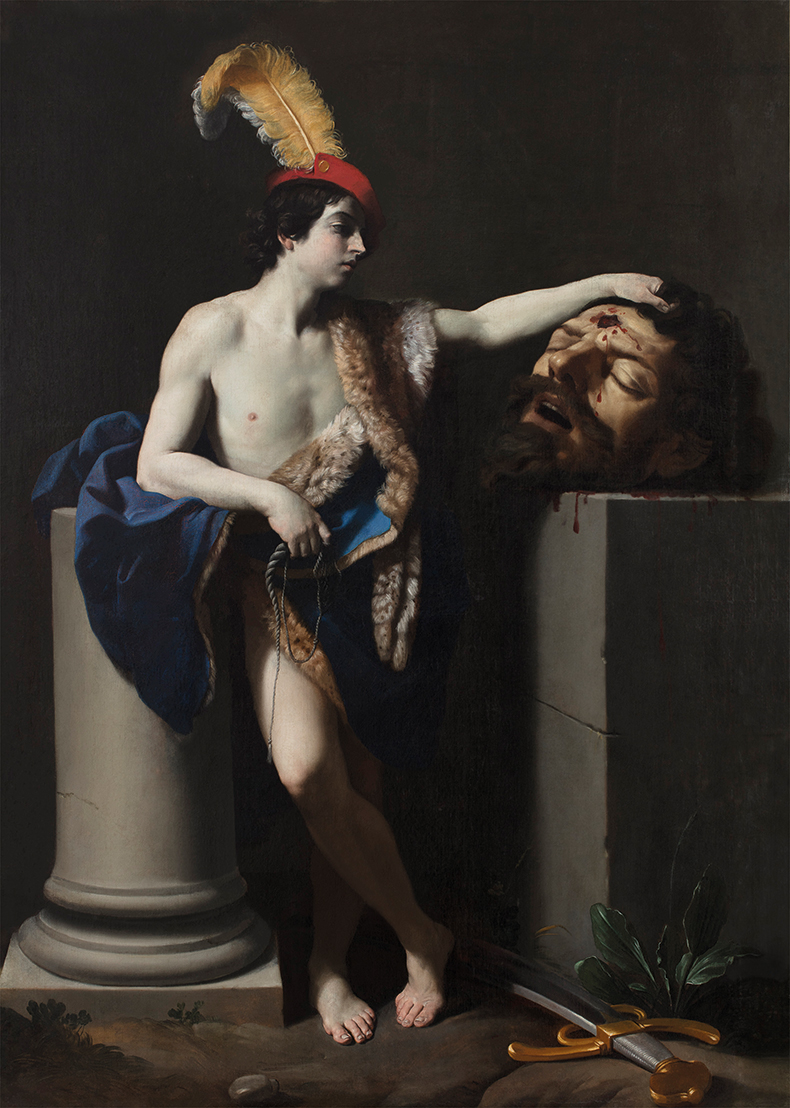
David with the Head of Goliath (1605–06), Guido Reni. Photo: © Musée des Beaux-Arts, Orléans
It is however in the drawings that Reni’s invention and technical facility is most evident. So, for example, the exhibition includes wiry and energised ink studies for the composition of his famous Aurora fresco of 1612–14 in the Palazzo Pallavicini-Rospigliosi in Rome and alongside them a gloriously subtle red-chalk sketch for the body of Apollo in the samescheme. These are studies of great maturity and accomplishment. It seems especially appropriate that the exhibition also features Reni’s wonderfully subtle Allegory of the Union of Drawing and Painting (c. 1625) from the Louvre – which might almost be considered a quiet manifesto for his sophisticated practice.
The Frankfurt show is the second in a triptych of such projects exploring the artist’s achievement (following one in Rome and preceding an exhibition at the Prado). These, in combination with a new critical edition of the key, early biography by Carlo Cesare Malvasia, all form the basis for a reappraisal. Reni is not easy to admire, especially when at his most icily classical or repetitive. But given time and the sophistication and depth of a project such as this memorable exhibition, his painterly visions should again form a positive part of our perception of baroque painting.
‘Guido Reni: The Divine’ is at the Städel Museum, Frankfurt, until 5 March.
From the February 2023 issue of Apollo. Preview and subscribe here.
Unlimited access from just $16 every 3 months
Subscribe to get unlimited and exclusive access to the top art stories, interviews and exhibition reviews.

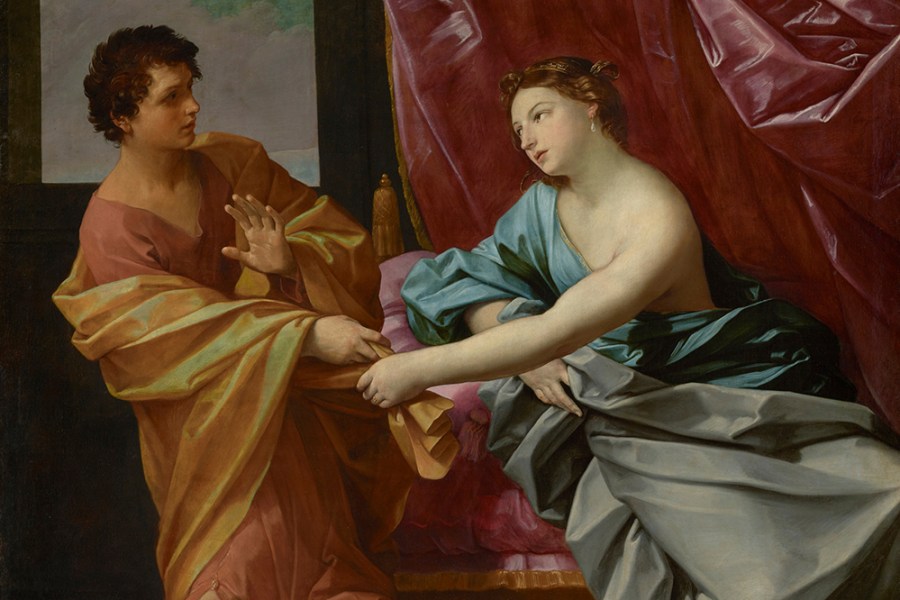
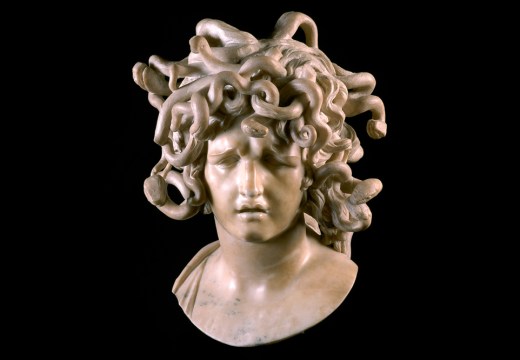
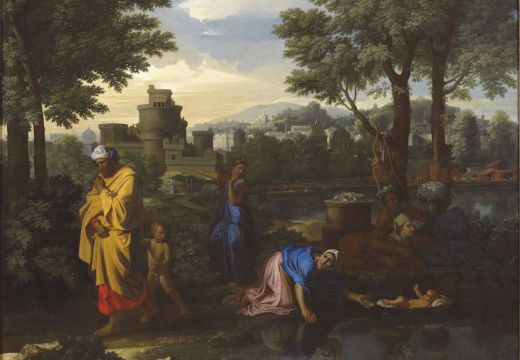
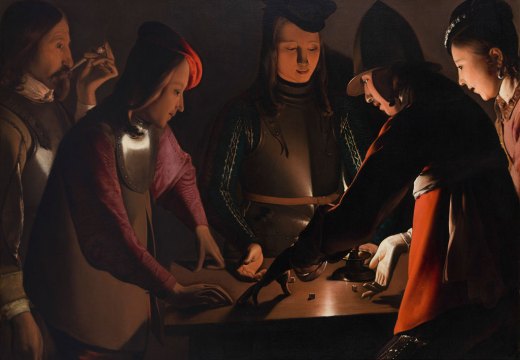









![Masterpiece [Re]discovery 2022. Photo: Ben Fisher Photography, courtesy of Masterpiece London](http://www.apollo-magazine.com/wp-content/uploads/2022/07/MPL2022_4263.jpg)
It’s time for the government of London to return to its rightful home